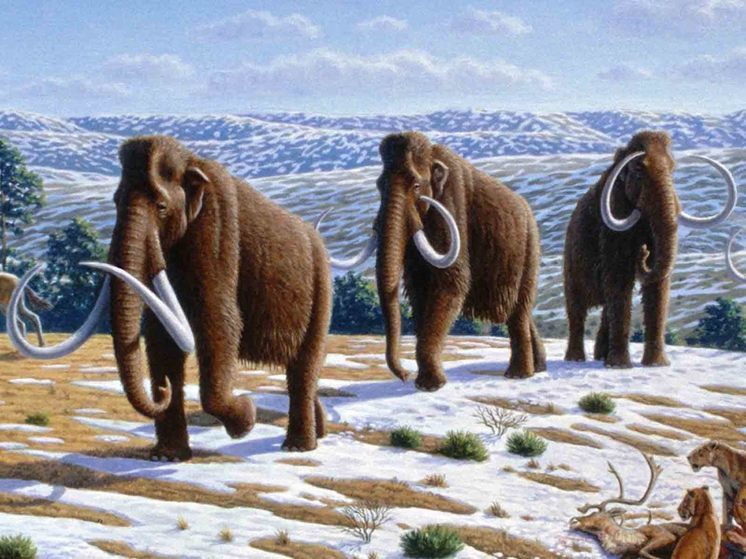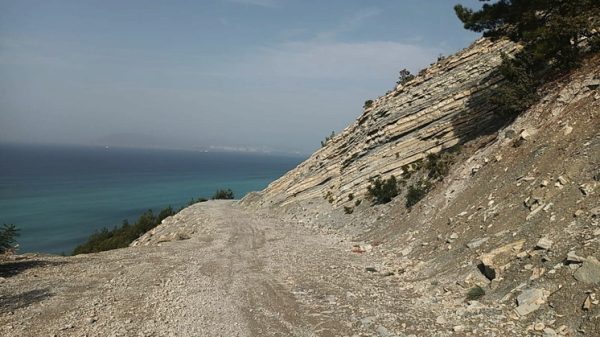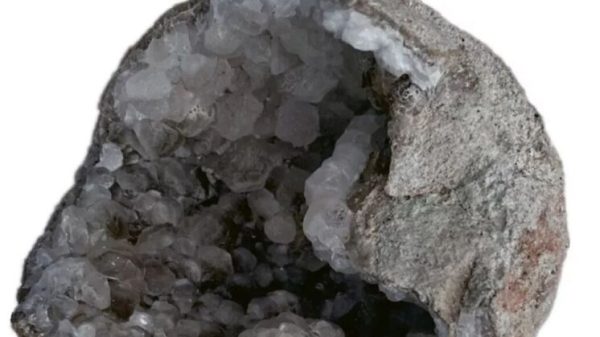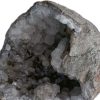The age of the remains of extinct giants is up to 40 thousand years
Hundreds of mammoth bones were discovered in an Austrian wine cellar, which became an “archaeological sensation.” According to experts, the age of the remains ranges from 30,000 to 40,000 years.

Andreas Pernerstorfer made the incredible discovery while renovating his wine cellar in the village of Gobelsburg, about 70 kilometers northwest of Vienna, in March, CNN reports.
The find was called the most significant of its kind in more than a century, and researchers from the Austrian Academy of Sciences who are now restoring the bones called it an «archaeological sensation,» according to a press release issued Wednesday.
Pernerstorfer decided to do some work to level the floor in the basement, archaeologist Hannah Parot-Suchon, a researcher at the Austrian Academy of Sciences, told CNN on Thursday via video call.
“He wanted to level the floor in his wine cellar because it was sloped, and he removed some concrete in the center,” she said. – Almost immediately he discovered bones, which he initially mistook for pieces of wood. Then he looked more closely and remembered the story of his grandfather, who in the sixties was expanding the cellar and found several mammoth molars.
Pernerstorfer reported the find to the Federal Office for the Protection of Monuments, which sent him to the Austrian Academy of Sciences, because, as Paro-Souchon told CNN, «we are the Stone Age experts.»
She and her team of fellow archaeologists began excavations in early May. «It quickly became apparent that these were not just a few mammoth bones, but a lot of mammoth bones,» she said.
Paro-Souchon says they have «at least 300 bones,» which were found packed tightly together.
“We think we have mostly intact animal remains. They're not anatomically connected, but we probably have all the parts of the body,” she said, adding that the “catch” was found. includes several rare finds, including a lingual bone.
Archaeologists believe the bones belong to three separate mammoths. The area they excavated was only 12 square meters, but they hope to return in August to continue their search.
“I like being an archaeologist. “I have unearthed a lot of interesting things, but I always wanted to dig up a mammoth,” Paro-Souchon said, adding that the discovery of a mammoth bone was her first. “I’m delighted, I can’t deny it.”
Similar excavations in other places in Austria and neighboring countries were mostly carried out more than 100 years ago, which means they are inaccessible to modern research.
“For the first time we were able to study something like this in Austria using modern methods. This is a unique opportunity for research”, – notes Paro-Suchon in a press release.
The excavations, funded by the Federal Monument Office and the province of Lower Austria, raise many questions, including whether these animals were killed by Stone Age hunters.
“We know that people hunted mammoths, but we still know very little about how they did it”, – notes Paro-Suchon, adding that the site may have been set for an animal trap.
Once the researchers complete their work, the bones will be transferred to the Vienna Natural History Museum for restoration.





















































Свежие комментарии